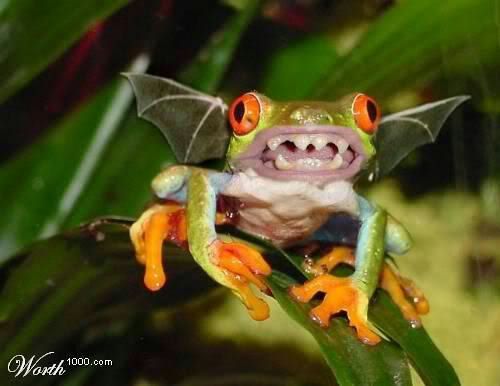Another New guy with questions - 01/26/10 02:02 AM
Another new guy here in need of advice, any and all comments welcome. I found this forum last summer and have been steadily reading trying to educate my self so that when I got to the point of asking questions I would be able understand the information that I received. I have been be banging my head against the wall for the last two summers fighting FA. The FA gets so bad during the summer I fully expect a fish kill. During the winter the pond looks good, but the summer all bets are off. Even now when we had a few days weather in the high 60’s low 70’s and I found some FA…. The way I have been combating it is with Cutrine Plus, but I can never get ahead of it. And from the reading that I have been doing I am probably only feeding the monster. So here goes.
The pond is at the bottom of two hills so in the summer it gets hot and doesn’t get much wind. What I would like to do is aerate and possibly add some Talapia. I will be building a system myself trying to stay on somewhat of a budget. I am not worried about the mechanical or electrical ascpect of any of the construction I just need to make sure my numbers are correct would like to get some advice from some experts in the field which from what I read there are several hanging around here.
So does anyone have any suggestions on CFM’s I would need to look for in a pump, I was reading on another thread that there was already a thread that existed that gave that information but I was unable to find that thread?
Location of aerators (I am thinking that I will probably end up with one set in the center of the pond and one in the neck). Or would a long piece of the perforated tubing running the length of the pond be better? There are several ways to go I know but I would really like to hear some other opinions besides the ones in my head.. Please feel free to weigh in, aeration and Talapia may only be a piece of the puzzle that I need to look at. I am going to try to attach some pictures also.
The specifics about the pond are:
¾ acre of surface water with steep slopes.
10’ deep in the center of the pond this includes the neck.
Shallow spot at base of neck 4 ½ ‘ deep, but neck is also 10'
deep.
Some vegetation on west side which are a few Cattails.
The pond location is in a creek bed that was dug out for the
pond about 4 years ago.
The creek/ditch only runs when it rains so basically it’s run
off only.
Neighbor hood on one side of pond approximately 15 houses.
Pasture on other side of pond, shows dirt in picture on one of
the pictures I will try to attach here but is now grass.
In picture with dimensions the pond is 4’ low It is an satelite
picture off of bing which was probably taken right after it
was built and hadn't filled with water completely.
Pond has a good fish population. (Bass, Blue gill, Catfish) (Bullfrogs)
Thanks for any comments.
[img] [/img]
[/img]
[img] [/img]
[/img]

[img] [/img]
[/img]
The pond is at the bottom of two hills so in the summer it gets hot and doesn’t get much wind. What I would like to do is aerate and possibly add some Talapia. I will be building a system myself trying to stay on somewhat of a budget. I am not worried about the mechanical or electrical ascpect of any of the construction I just need to make sure my numbers are correct would like to get some advice from some experts in the field which from what I read there are several hanging around here.
So does anyone have any suggestions on CFM’s I would need to look for in a pump, I was reading on another thread that there was already a thread that existed that gave that information but I was unable to find that thread?
Location of aerators (I am thinking that I will probably end up with one set in the center of the pond and one in the neck). Or would a long piece of the perforated tubing running the length of the pond be better? There are several ways to go I know but I would really like to hear some other opinions besides the ones in my head.. Please feel free to weigh in, aeration and Talapia may only be a piece of the puzzle that I need to look at. I am going to try to attach some pictures also.
The specifics about the pond are:
¾ acre of surface water with steep slopes.
10’ deep in the center of the pond this includes the neck.
Shallow spot at base of neck 4 ½ ‘ deep, but neck is also 10'
deep.
Some vegetation on west side which are a few Cattails.
The pond location is in a creek bed that was dug out for the
pond about 4 years ago.
The creek/ditch only runs when it rains so basically it’s run
off only.
Neighbor hood on one side of pond approximately 15 houses.
Pasture on other side of pond, shows dirt in picture on one of
the pictures I will try to attach here but is now grass.
In picture with dimensions the pond is 4’ low It is an satelite
picture off of bing which was probably taken right after it
was built and hadn't filled with water completely.
Pond has a good fish population. (Bass, Blue gill, Catfish) (Bullfrogs)
Thanks for any comments.
[img]
 [/img]
[/img] [img]
 [/img]
[/img] 
[img]
 [/img]
[/img] 